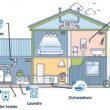Equipping your teen’s car with the right tools and supplies isn’t just about preparation; it’s about peace of mind. From safety essentials to comfort items, the contents of their trunk could make all the difference in an unexpected situation. Let’s ensure they have everything they need to navigate the roads ahead with confidence.
Emergency Contact List

A laminated list of emergency contacts ensures your teen can reach family or essential services quickly, even if their phone dies. This list should include parents, close relatives, and emergency numbers.
First Aid Kit
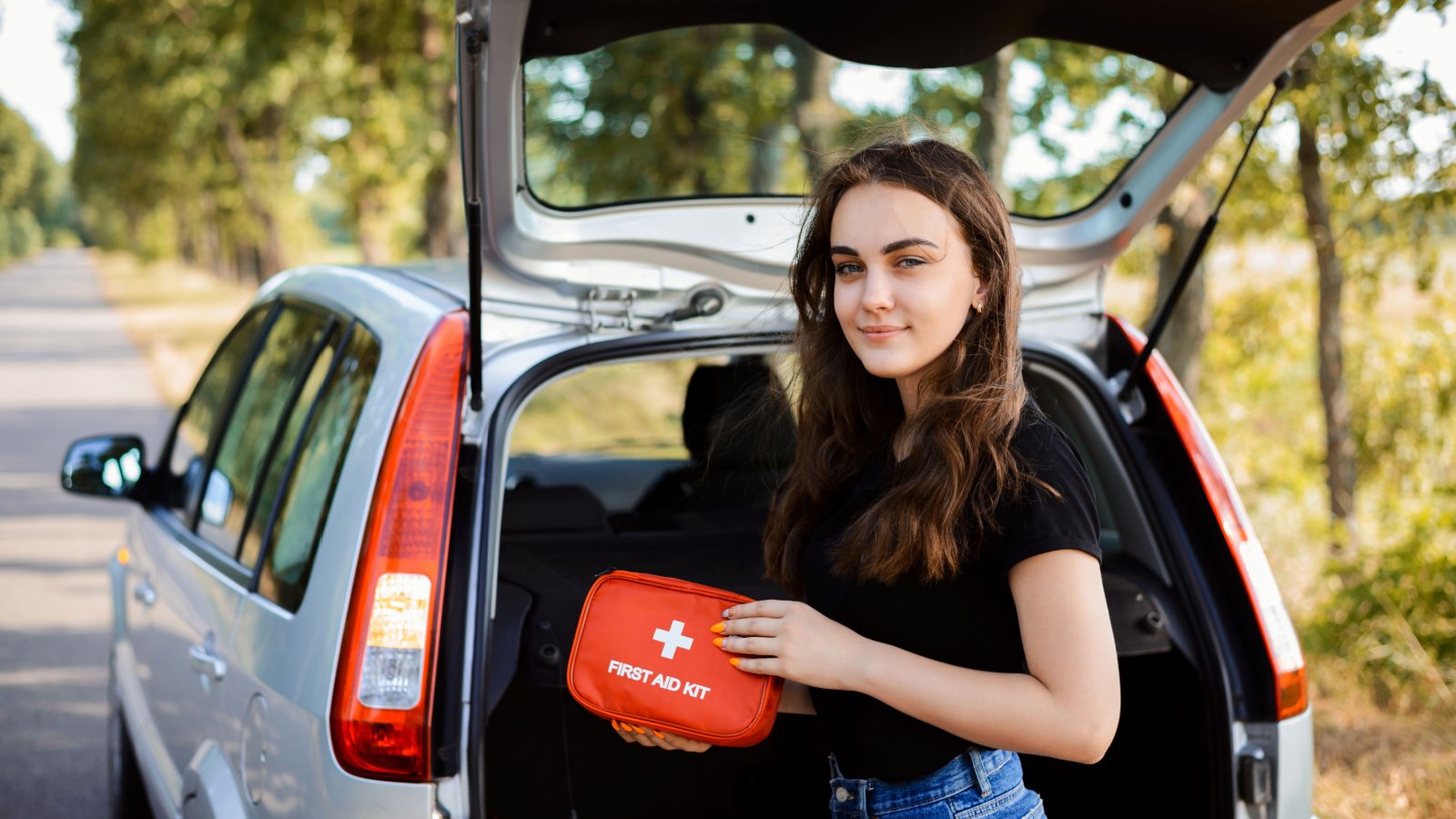
A well-stocked first aid kit can address minor injuries or manage situations until help arrives. It should contain bandages, antiseptics, gauze, and over-the-counter pain relievers. Teaching your teen how to use these supplies is just as important as having them.
Flashlight with Extra Batteries

A reliable flashlight can be a lifesaver during nighttime emergencies or if your teen needs to check the vehicle in the dark. Opt for a durable, water-resistant model with long-lasting batteries. Remember, extra batteries ensure the light is always ready when needed.
Jumper Cables

Jumper cables are essential for battery-related issues and can get your teen back on the road quickly. Teaching them how to safely use these cables is a valuable lesson in car maintenance and safety. This knowledge not only helps them but allows them to assist others in distress.
Spare Tire and Jack

A spare tire, along with a jack and tire iron, is crucial for addressing flat tires. Ensure your teen knows how to safely change a tire, a skill that promotes independence and problem-solving. Regular checks are necessary to ensure the spare is properly inflated and the tools are in good condition.
Roadside Emergency Kit

This kit should include reflective triangles, a bright-colored flag, or road flares to increase visibility during breakdowns. Ensuring your teen’s car is visible to other drivers can prevent accidents and ensure their safety until help arrives. These items are particularly crucial for nighttime or low-visibility conditions.
Non-perishable Snacks and Water
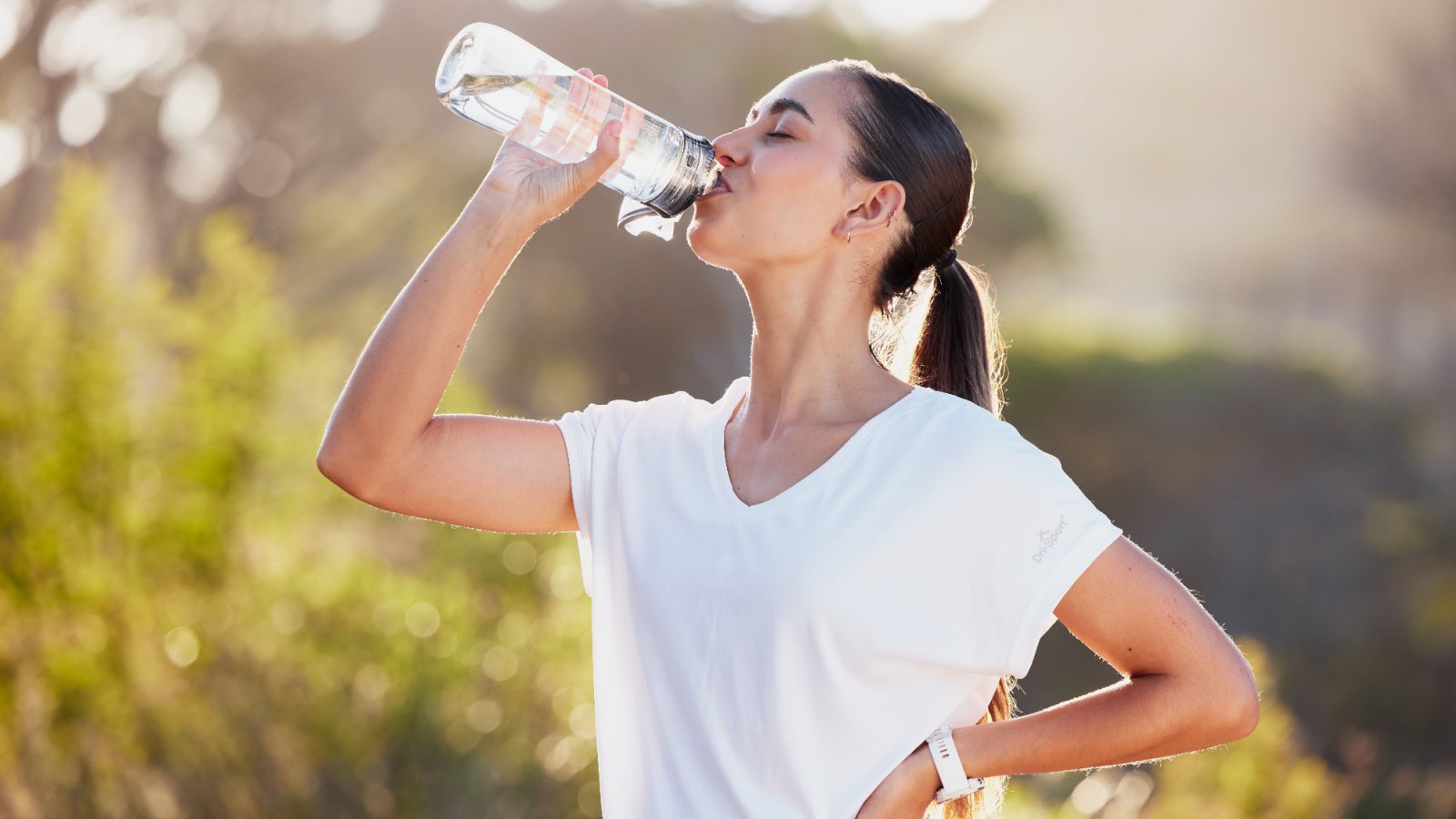
Keeping non-perishable snacks and bottled water in the car can be a godsend during long waits or if your teen gets stranded. These provisions are not just about comfort but survival. Regularly rotate these supplies to keep them fresh.
Weather Appropriate Clothing

An extra set of weather-appropriate clothing, including a jacket, gloves, and a blanket, can provide warmth and protection in case of a breakdown or unexpected weather changes. This precaution is especially important in areas prone to sudden weather shifts. Comfort and protection from the elements can significantly reduce stress in emergency situations.
Seat Belt Cutter and Window Breaker
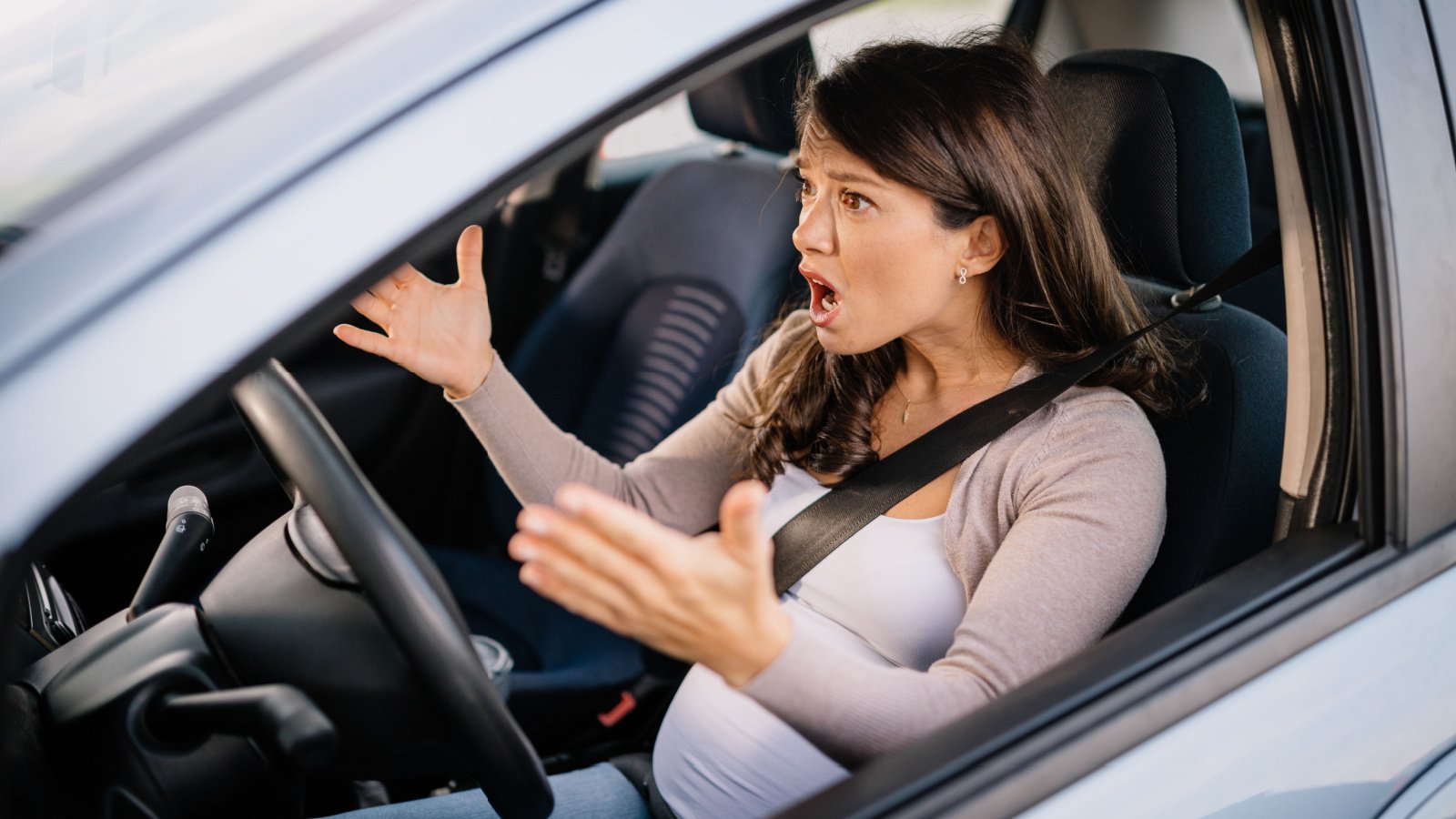
This tool can be a lifesaver in an accident by enabling quick escapes when doors won’t open. It should be stored within the driver’s reach, ideally in the center console or glove compartment. Familiarizing your teen with its use could make all the difference in an emergency.
Portable Phone Charger

A portable charger ensures your teen’s phone remains operational, which is crucial for calling for help or using navigation apps. Encourage keeping this charger in the vehicle at all times, as a charged phone is a lifeline in many scenarios. This tool is particularly important in areas with sparse populations and services.
Reflective Vest

A reflective vest enhances visibility if your teen needs to exit the car on a busy road or at night. It’s a simple precaution that significantly increases safety during roadside emergencies. This item is essential for making your teen visible to other drivers, reducing the risk of accidents.
Ice Scraper and Snow Brush

For those in colder climates, an ice scraper and snow brush are essential for keeping windows clear. Visibility is paramount for safe driving, and these tools help ensure your teen can see and be seen. Teach them the importance of fully clearing the car before driving.
Sunscreen

Sunscreen protects against harmful UV rays, which can be a concern even while driving. A bottle of broad-spectrum sunscreen in the car ensures your teen can protect their skin, reducing the risk of sunburn during unexpected or prolonged exposure, such as during a breakdown or outdoor event.
Map and Compass

In an era dominated by digital navigation, a physical map and compass offer reliable backup. They can be invaluable aids if your teen finds themselves in an area without mobile service. Learning to navigate using these tools is a skill that promotes independence and resourcefulness.
Fire Extinguisher

A small, automotive-rated fire extinguisher can address minor fires before they escalate, potentially saving lives and property. Ensure it’s suitable for electrical fires and flammable liquids, typical in car-related incidents. Regularly check the extinguisher to ensure it’s in working order.
Basic Tool Kit

A basic tool kit can empower your teen to handle minor repairs or adjustments themselves. It should include screwdrivers, pliers, an adjustable wrench, and duct tape. Familiarize them with each tool’s basic functions to foster a can-do attitude towards vehicle maintenance.
Tire Pressure Gauge

Proper tire maintenance is crucial for safety and fuel efficiency. A tire pressure gauge allows your teen to ensure their tires are always at the optimal pressure, reducing the risk of blowouts. Teach them to check their tires monthly and before long trips.
Rain Poncho

A compact rain poncho ensures your teen stays dry during roadside emergencies or if they need to walk for help. Unlike umbrellas, ponchos keep hands free for other tasks, like phone calls or vehicle repairs. It’s a simple addition that can make a big difference in comfort and safety.
Notebook and Pen

A notebook and pen can be invaluable for exchanging information after an accident or for taking notes during an emergency. They’re also useful for recording reminders about car maintenance or fuel logs. This old-school tool kit is simple but incredibly useful.
Blanket

A blanket not only provides warmth in cold weather but can also be used for sitting at outdoor events or while waiting for help. Opt for a compact, thermal blanket that takes up minimal space.
Hand Sanitizer
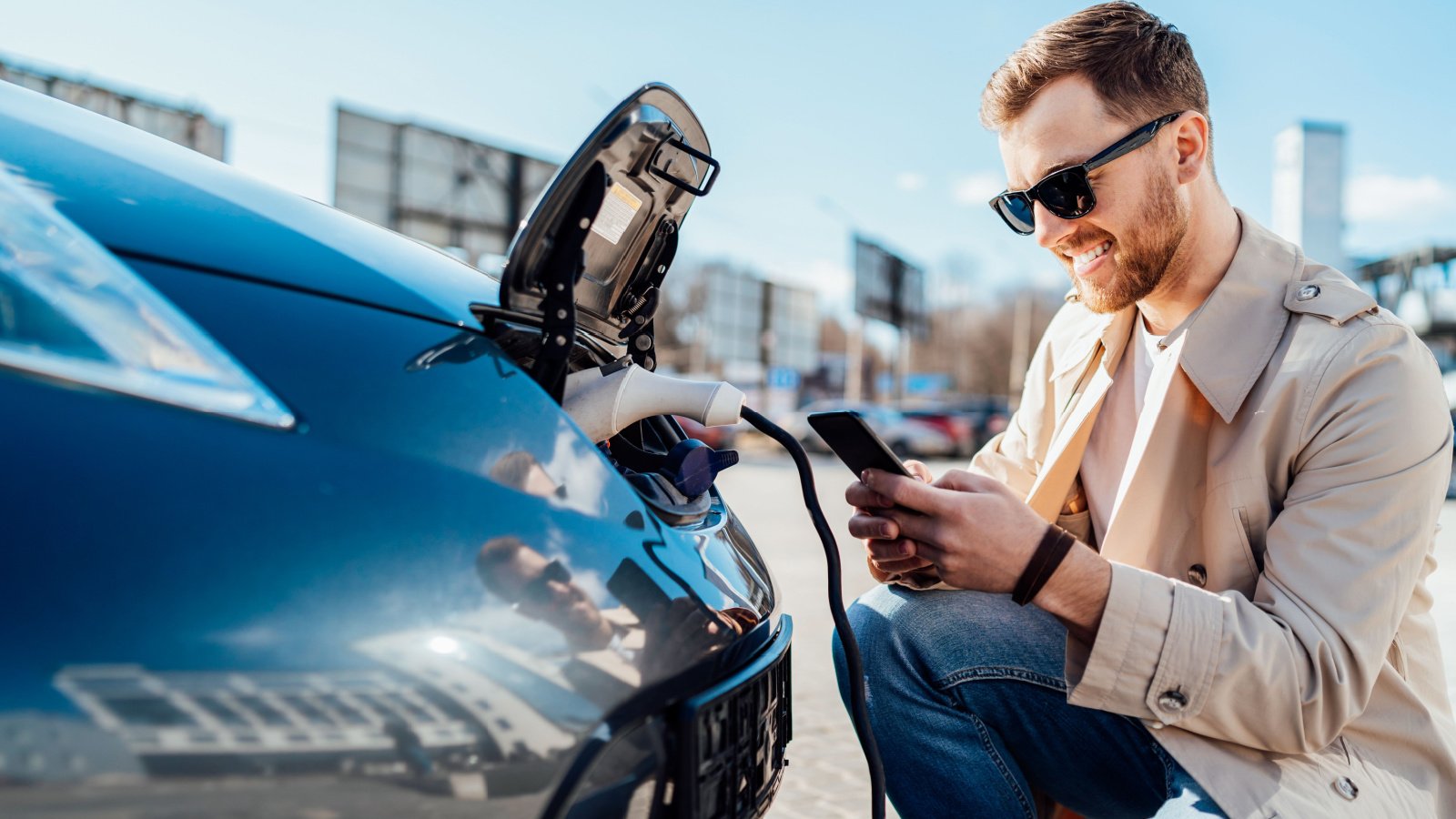
Good hygiene is important, especially on the road. Hand sanitizer helps keep your teen’s hands clean after pumping gas, checking the car, or before eating. Choose a sanitizer with at least 60% alcohol for effectiveness.
Whistle

A whistle can be a simple but effective tool for signaling for help if your teen is stranded or in danger. It’s especially useful in remote areas where they might not be visible. Teach them the universal distress signal: three blasts.
Gas Can

A small, empty gas can be a lifesaver if your teen runs out of fuel far from a gas station. While carrying extra fuel is not recommended due to safety risks, having a can makes obtaining and transporting fuel safer and easier. Ensure your teen knows the safety precautions for handling fuel.
